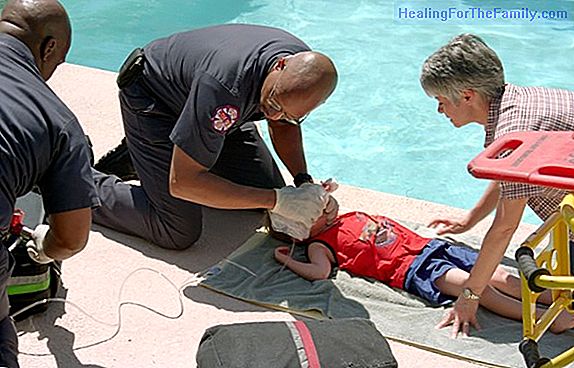Health
A speech disorder , the first thing we have to do is stop and observe. When does the child stutter? In what situations? Who are they? Is it a behavior that is repeated continuously, or that only appears at isolated times? It is necessary to know when, where, how and with whom it occurs, in order to
a speech disorder , the first thing we have to do is stop and observe. When does the child stutter? In what situations? Who are they? Is it a behavior that is repeated continuously, or that only appears at isolated times?It is necessary to know when, where, how and with whom it occurs, in order to establish why,
the cause of such stuttering . In many cases there is a genetic predisposition to stuttering, so it is advisable to find out if any of the parents had that problem in childhood.Activities and games to help stuttering children
Another fundamental point to take into account is the age of the child, since there is an evolutive stuttering that appears around 3 or 4 years

of age in which the child tends to repeat the words, or sometimes 'stuck' and does not know how to continue. If, on the other hand, our child is more than 5 years old and the stuttering continues or has been accentuated, it is advisable to ask for help and assess the problem in order to start an intervention. Once we have observed the problem, it is important that the parents: 1.
Do not finish the child's sentences
. He has to learn to speak for himself so that he sees that he can face the problem and emerge victorious from it. 2. Do not mess with him, get angry or belittle him when this problem occurs.3.
Do not interrupt
, let him finish the sentences. You can be encouraged to finish, with words of encouragement, or a smile. Gra 4. Record him when he speaks slowly and when he speaks quickly, so he can hear and begin to see the differences. Can 5. Sing with him and again record him to be heard and see that when he sings he does not stutter. Explain that this happens because singing "manages" better the amount of air to expel. 6. Work with the childdiaphragmatic breathing que (learn to do a deep breath in which the air reaches the diaphragm or the gut). Hacer 7. Do puff exercises, such as inflating balloons, blowing candles, blowing straw ... in this way we will strengthen the voice organs.
8. Lengthen the vowels when speaking. This we can do especially when the child reads.
9.
Work the turn of words , as for example, the parents start a sentence, stop and ask the child to finish it. 10. Control the child's anxiety behaviors. Work with him the fear of stuttering.












